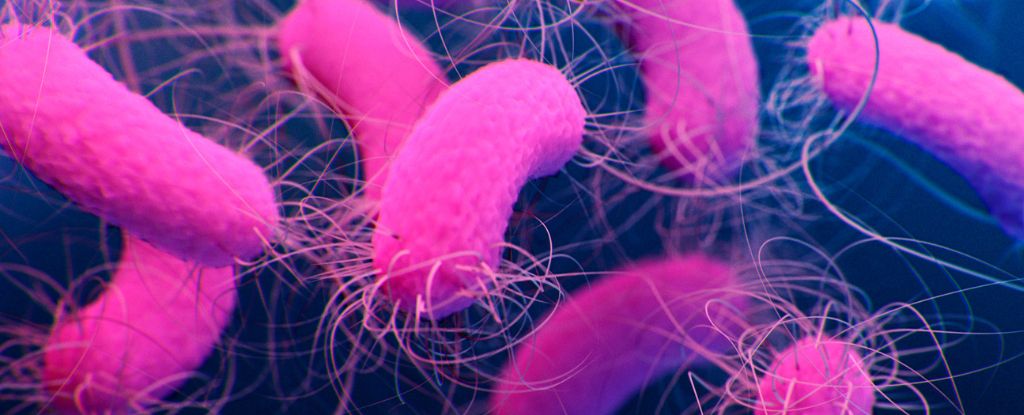Pulmonary Immune Dysregulation and Viral Persistence During HIV Infection



A recent hospital case in Spain suggests antibiotic-resistant bacteria can sometimes migrate from the bowels to the lungs, and possibly back again.
Bacteria are known to travel around the human body using routes we know little about, yet it's rare to find a case study where an infection spreads in a clear-cut way.
The case in Spain is an exception worth noting. The patient was admitted to an intensive care unit in the municipality of Badalona following a seizure. For 39 days, they were mechanically ventilated while doctors used antibiotics to fight off an infection in their lower airways.
On day one, the patient's lungs had shown evidence of a bacteria called Pseudomonas aeruginosa – a common infection in the lungs, urinary tract, and gut – and it was suspected the patient had accidentally breathed in food, saliva, or vomit, possibly during their seizure or following ventilation.
On day 12, the patient developed a urinary tract infection, which doctors treated with a different antibiotic, named meropenem. Shortly after this treatment ended, P. aeruginosa was found in the patient's gut for the first time.
This particular population was now resistant to meropenem, and it wasn't done moving around just yet. Ultimately, the resistant lineage in the gut seemed to migrate back to the patient's lungs, putting them at risk of deadly pneumonia.
Luckily, the patient's immune system kicked into gear, and they were released after more than a month in the hospital. But it could have been a lot worse.
Throughout the patient's stay, culture screening of blood samples showed no evidence of a P. aeruginosa infection at all. Only breath samples and anal swabs picked up the bacteria's presence, which meant if doctors hadn't been vigilant, they might not have known how truly sick their patient was.
When studying the genetic diversity of all of the bacteria gathered from the patient during their time in the ICU, researchers found evidence the infection likely started in the gut about three weeks before the ICU visit.
By day 24 of the ICU stay, the infection had begun to evolve and had taken up residency in the patient's lungs.
In the end, an antibiotic-resistant lineage was found in both the gut and the lungs, which the authors say provides "strong evidence of gut to lung transmission" – and possibly back again.
"The presence of this lineage in the lung and gut implies that either meropenem resistance evolved in the gut prior to transmission to the lung, or that this lineage secondarily transmitted from the lung to the gut after evolving meropenem resistance in the lung," the authors write.
It's important not to make broad inferences from a single case study, but the patient in Spain provides a unique opportunity to track how an infection might possibly evolve and spread in real-time.
If a gut infection is capable of migrating to the lungs, carrying antibiotic resistance along with it, then that could be an important avenue of infection doctors need to consider.
Studies have shown gut colonization often precedes lung infections, and the same strains are commonly found in both places. Both these lines of evidence suggest the bowels act as a reservoir for bacterial infections, like Pseudomonas.
"In this case, resistance was driven by the spread of independent lineages in the gut and lung that were adapted to local differences in antibiotic concentration," the authors write.
Previous research also suggests that when populations of bacteria migrate in the body, their movement can actually accelerate their adaptation to antibiotics.
The patient in Spain, for instance, showed P. aeruginosa in their gut just after starting a meropenem treatment. Perhaps, the authors suggest, antibiotic treatment facilitated this gut-to-lung transmission, by removing competing bacteria that would usually keep Pseudomonas in check, for example.
"Our study suggests that preventing gut colonization or gut-to-lung transmission may be an effective strategy for preventing Pseudomonas infection in critically ill patients," the authors conclude.
The study was published in Nature Communications.
Comments
Post a Comment